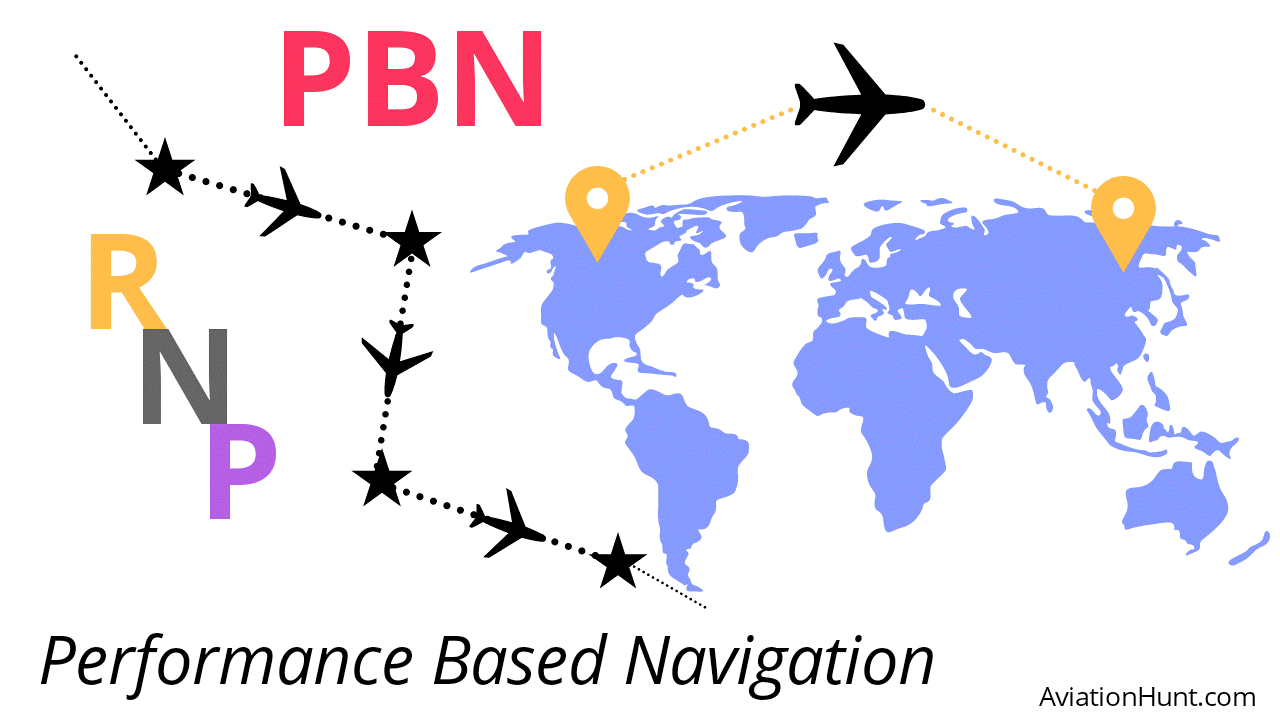Free Courses Sale ends Soon, Get It Now


Free Courses Sale ends Soon, Get It Now



Disclaimer: Copyright infringement not intended.
Context
Performance-based navigation is a modern method of air navigation services in the commercial aviation industry. In the early days, aircraft navigation specifications were defined as sensors and identification signals such as beacons and waypoints.
Background
RNAV or area navigation
What is Performance-Based Navigation?
PBN is
“Area navigation based on performance requirements for aircraft operating along an ATS route, on instrument approach procedures or in a designated airspace.”
What’s the difference between RNAV and PBN?
About GAGAN
READ ALL ABOUT GAGAN: https://www.iasgyan.in/daily-current-affairs/gps-aided-geo-augmented-navigation-20
|
PRACTICE QUESTION Q. Consider the following statements: 1. RNAV or area navigation allows the pilot to know their present position at any given time only with the use of ground-based navaids. 2. GAGAN is a system of satellites and ground stations that provide GPS signal corrections. Which of the above statements is/are correct? (a) Only 1 (b) Only 2 (c) Both 1 and 2 (d) Neither 1 nor 2 Correct Answer: (b) Only 2 |
https://pib.gov.in/PressReleasePage.aspx?PRID=1929515
© 2024 iasgyan. All right reserved